#Neolithic Period
Text


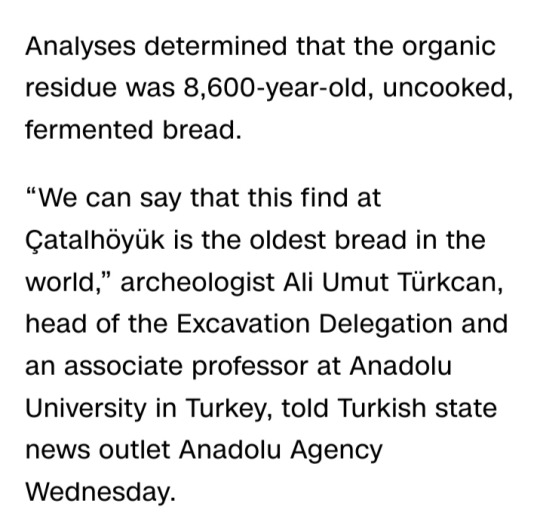
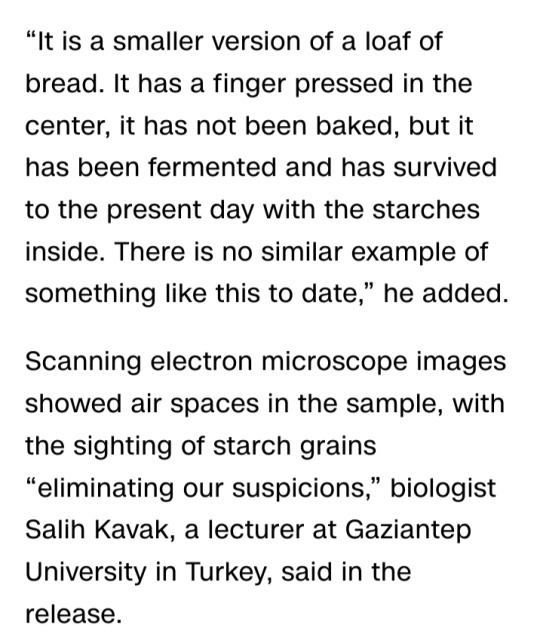



#World's Oldest Bread#Çatalhöyük#Konya#Turkey#Mekan 66#Necmettin Erbakan University Science and Technology Research and Application Center (BİTAM)#organic residue#UNESCO World Heritage#Neolithic period#archeological site#archaeology#fermented bread#bread
6 notes
·
View notes
Text
That's a pretty well-made road.
#ancient Croatia#Neolithic period#submerged road#archaeology#underwater archaeology#marine archaeology
15 notes
·
View notes
Text

Κνωσσός,Κρήτη
Knossos,Crete
Knossos is the site of the most important and better-known palace of Minoan civilization. According to tradition, it was the seat of the legendary king Minos. The Palace is also connected with thrilling legends, such as the myth of the Labyrinth with the Minotaur and the story of Daedalus and Icarus.
#Knossos#Crete#Greece#archaeological site#oldest city in Europe#neolithic period#minoan civilization#Knossos palace#Palace complex#7000 BC#first settlement#ancient history#historical#Κνωσσός#παλάτι της Κνωσσού#Κρήτη#Ελλάδα#ιστορία#Μινωικός πολιτισμός#μυθολογία
27 notes
·
View notes
Text
People have made cheese since the late Stone Age, but only recently have scientists begun to study its microbial nature and learn about the deadly skirmishes, peaceful alliances and beneficial collaborations that happen between the organisms that call cheese home.
To find out what bacteria and fungi are present in cheese and where they come from, scientists sample cheeses from all over the world and extract the DNA they contain. By matching the DNA to genes in existing databases, they can identify which organisms are present in the cheese. “The way we do that is sort of like microbial CSI, you know, when they go out to a crime scene investigation, but in this case we are looking at what microbes are there,” Ben Wolfe, a microbial ecologist at Tufts University, likes to say.
Early on, that search yielded surprises. For example, cheesemakers often add starter cultures of beneficial bacteria to freshly formed curds to help a cheese on its way. Yet when Wolfe’s group and others examined ripened cheeses, they found that the microbial mixes — microbiomes — of the cheeses showed only a passing resemblance to those cultures. Often, more than half of the bacteria present were microbial “strangers” that had not been in the starter culture. Where did they come from?
Many of these microbes turned out to be old acquaintances, but ones we usually know from places other than cheese. Take Brachybacterium, a microbe present in Gruyère, which is more commonly found in soil, seawater and chicken litter (and perhaps even an Etruscan tomb). Or bacteria of the genus Halomonas, which are usually associated with salt ponds and marine environments.
Then there’s Brevibacterium linens, a bacterium that has been identified as a central contributor to the stinkiness of Limburger. When not on cheese, it can often be found in damp areas of our skin such as between our toes. B. linens also adds characteristic notes to the odor of sweat. So when we say that dirty feet smell “cheesy,” there’s truth to it: The same organisms are involved. In fact, as Wolfe once pointed out, the bacteria and fungi on feet and cheese “look pretty much the same.” (An artist in Ireland demonstrated this some years ago by culturing cheeses with organisms plucked from people’s bodies.)
— The Science Behind Your Cheese
#ute eberle#the science behind your cheese#history#prehistory#culinary history#food and drink#science#microbiology#chemistry#genetics#bacteriology#mycology#neolithic period#cheese#brachybacterium#halomonas#brevibacterium linens#gruyère cheese#limburger
4 notes
·
View notes
Text
Wieliczka Salt Mine Poland
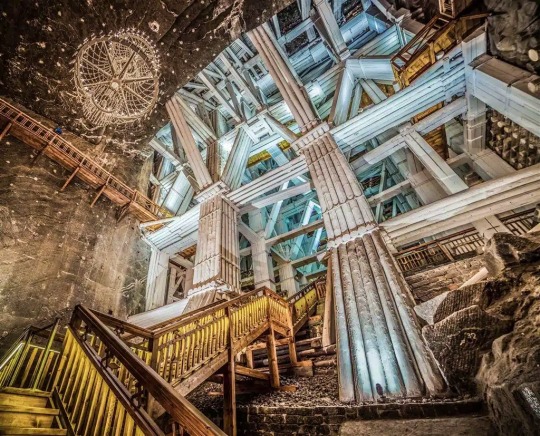
View On WordPress
#Chapel of St. Kinga#Hotel Grand Sal Wieliczka#Kinga Wife of Kraków monarch Boleslaus the Modest#Kraków Monarch Boleslaus the Modest#Neolithic Period#Polish Town of Wieliczka#Rock Salt#Salt Mine Microclimate#Subterranean Chambers Wieliczka Salt Mine#UNESCO World Cultural and Natural Heritage Site#Wessel Lake Chamber#Wieliczka Salt Mine (Kopalnia Soli)#Wieliczka Salt Mine Miners’ Route#Wieliczka Salt Mine Tourist Route#Wieliczka&039; Salt Mine Health Resort
1 note
·
View note
Text
Feng Shui and Chinese Geomancy: A Guide to a Better Life? - Historic Mysteries
Feng Shui and Chinese Geomancy: A Guide to a Better Life? – Historic Mysteries
https://www.historicmysteries.com/feng-shui/
View On WordPress
#4th century#5th century#Azure Dragon of the East#Balance#Black Tortoise of the North#China#Chinese Han dynasty#Feng Shui#Five Elemental Forces#Form Branch#Four Auspicious Beasts#Geomancy#Gnomon#Guo Pu#Neolithic Period#Qi#Taoism#The Book of the Burial#Vermillion Bird of the South#White Tiger of the West#Ying-Yang
0 notes
Text
Time Travel Question 14: Ancient History VI and Earlier
These Questions are the result of suggestions from the previous iteration.
This category may include suggestions made too late to fall into the correct grouping.
Please add new suggestions below if you have them for future consideration.
I am particularly in need of more specific non-European suggestions in particular, but all suggestions are welcome.
#Time Travel#Mayans#The Sea People#Norse#Celtic#Neolithic#Doggerland#Early Humans#Polynesian Expansion#Tartessos#The Great Wall of China#Australian History#Indigenous History#The Silurian Period
687 notes
·
View notes
Text
After some (very justified) criticism to my definition of prehistoric (see tags) here’s another poll:
#ain’t no one got time for the sub classification of the modern period. I’m sorry guys#I’m also not dividing the Palaeolithic or the Iron Age sooo#archaeology#archeology#poll#polls#polling#Palaeolithic#stone age#paleolithic#Mesolithic#Neolithic#Bronze Age#chalcolithic#iron age#viking age#migration period#medieval period#middle ages#modern period#own post#prehistory: before written record. my geographical framework: southern Scandinavia. south Scandinavian prehistory: up to viking age
102 notes
·
View notes
Text
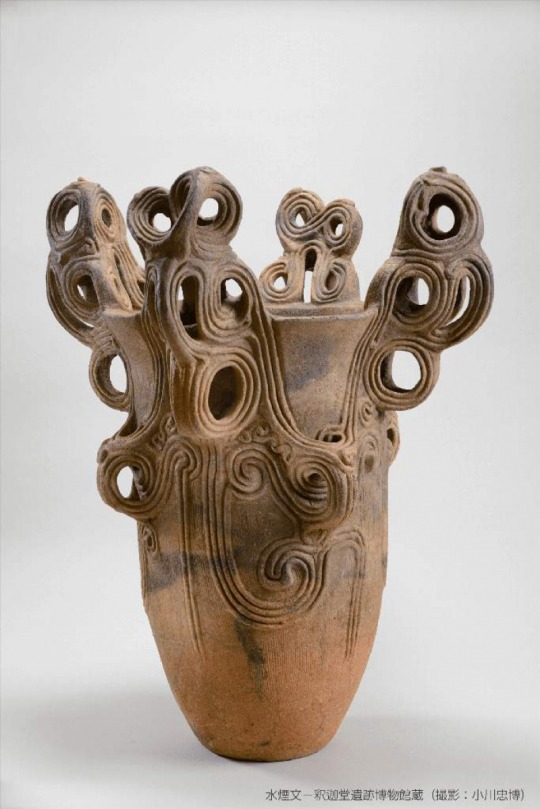
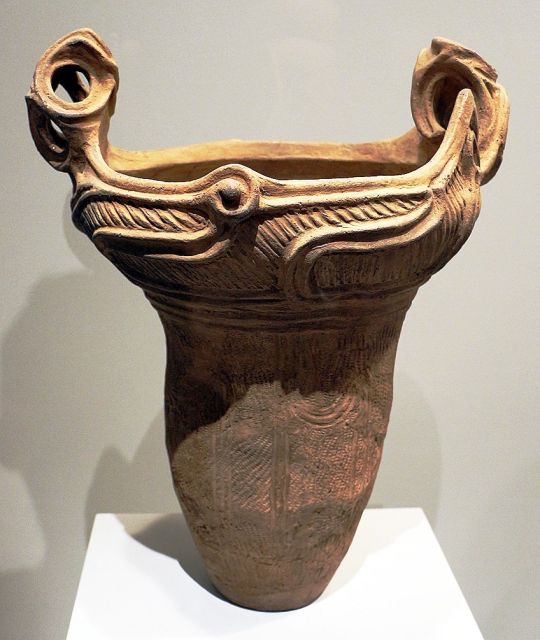
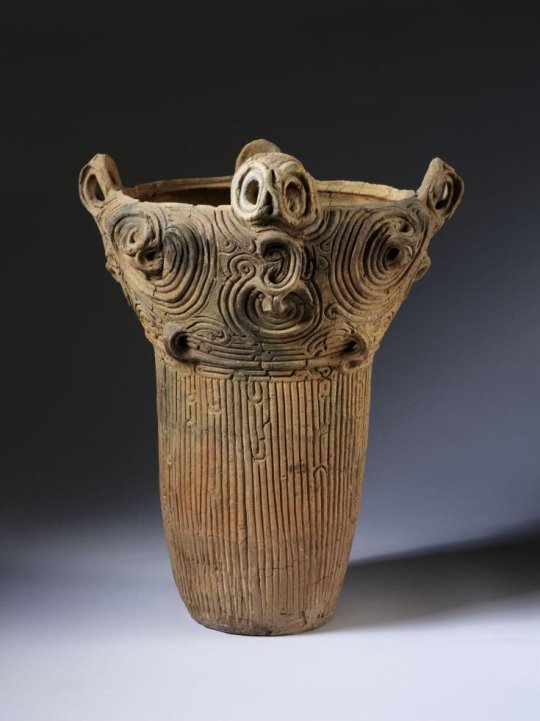

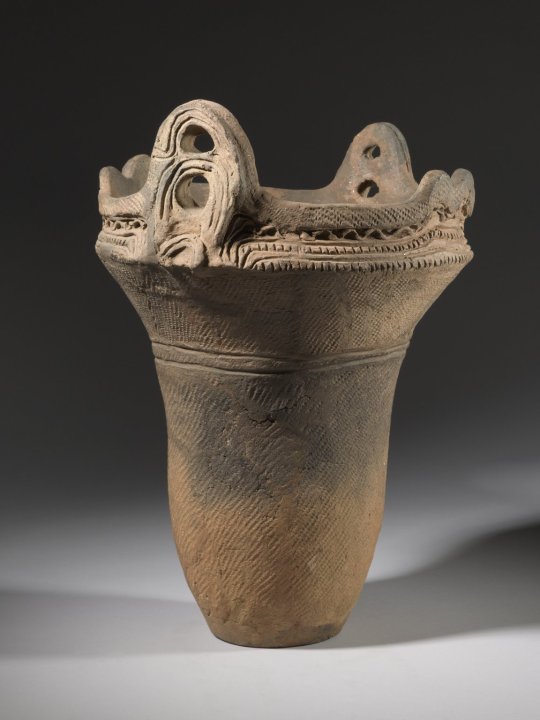
JŌMON POTTERY VESSELS ARE THE OLDEST IN THE WORLD..."
PIC INFO: Spotlight on a Neolithic Jomon vessel from Japan, c. Middle Jōmon Period (c. 3,500? - 2,500 BCE), designated National Important Cultural Properties in 1988.
MINI-OVERVIEW: "Jōmon pottery vessels are the oldest in the world. They are characterized by their decoration from impressions, which resemble rope. The word Jōmon means "cord markings" or "patterns."
Because the Jōmon period covered a great deal of time, the vessels themselves changed throughout the period.
THE ART OF EDUCATION (University)
Address: Fuefuki City Yamanashi
Category: Cultural Heritage/Japan Heritage
Source: https://jomon.co/en/point/detail/14, The Art of Education, Met Museum, Explore the Collections, Brooklyn Museum, various, etc...
#Japanese Pottery#Japanese#Pottery#Jakado Site#Japan#Ancient Japan#Ancient Japanese#Ancient Pottery#Ancient Cultures#Ancient Civilizations#Middle Jomon Period#Jōmon Culture#Middle Jōmon Period#Jōmon Vessel#Vessel#Jōmon Vessels#Jomon Pottery#Pottery Vessels#Jōmon Pottery#Jōmon#Jōmon Period#Vessels#Archeology#Japanese Neolithic Pottery#Jōmon Ware
5 notes
·
View notes
Photo
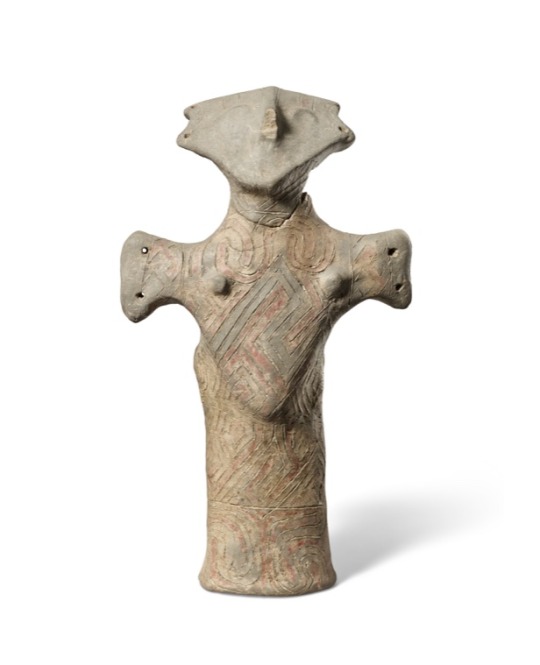
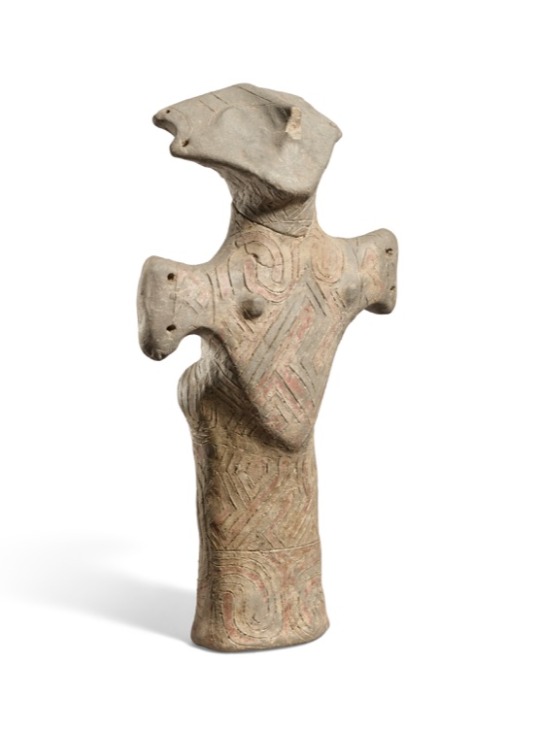
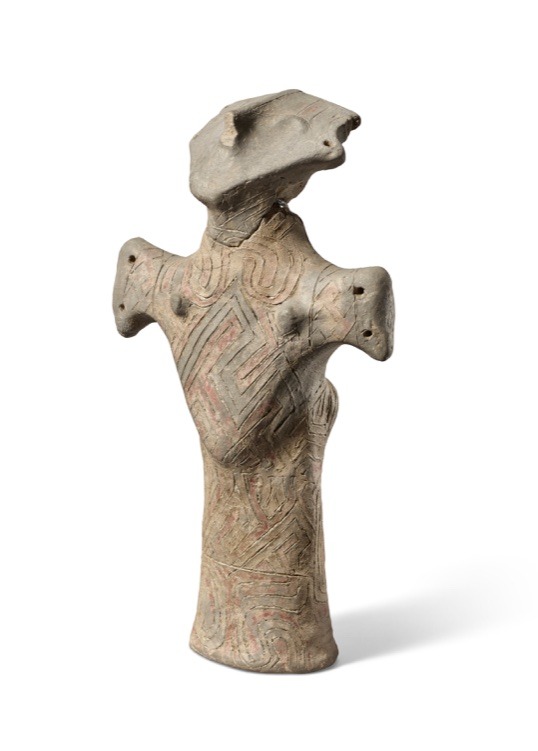
A VINCA TERRACOTTA STANDING FEMALE FIGURE
NEOLITHIC PERIOD, CIRCA 5TH MILLENNIUM B.C.
8 9/16 in. (21.8 cm.) high.
#A VINCA TERRACOTTA STANDING FEMALE FIGURE#NEOLITHIC PERIOD CIRCA 5TH MILLENNIUM B.C.#terracotta#ancient artifacts#archeology#archeolgst#history#history news#ancient history#ancient culture#ancient civilizations#ancient art
47 notes
·
View notes
Text
A 26-os út története, (nyom)vonalakban.
A Sajószentpétert és Berentét elkerülő út nyomvonalába eső kazincbarcikai lelőhelyről áprilisban osztottunk meg híreket. Csapatunk azóta is nagy lendülettel veszi birtokba a frissen lehumuszolt területeket, melyeken – ha a korszakok száma nem is – az objektumok száma jelentősen nőtt.
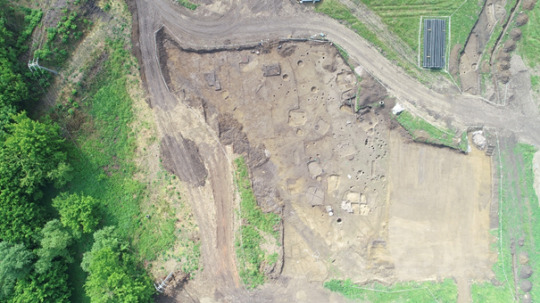
1.kép: Légifotó a felszínről. (Fotó: Kiss Dániel)
A neolitikum időszakából, előkerült egy újabb sír, mutatós Spondylus kagyló ékszerekkel.
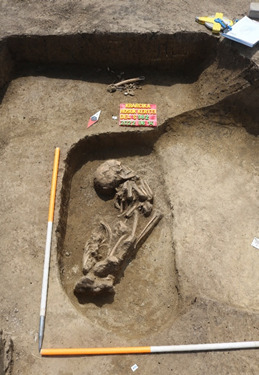
2.kép: Neolit sír Spondylus kagyló ékszerekkel (Fotó: Gál Viktor)
Sorra dokumentáljuk a római császárkori germán falu és a 10-11. században itt élt közösség lakóházait és utóbbiak vaskohászatának is újabb nyomai bukkantak elő.

3.kép: Kemencék az elől levő ún. mellnyílással (Fotó: Gál Viktor)
A kohók bontása és dokumentálása jelenleg is tart. Ezekben a csonkakúp alakú, agyagból felépített, zömök, nagyobbrészt földbe mélyített kohókban végezték a kohósítást. Két kemence esetében az elől levő, tapasztott mellnyílást is meg tudtuk figyelni. A kemencék elől levő nyílását minden bizonnyal ún. mellfalazattal fedték be és ebbe helyezték a fúvócsövet. Szinte valamennyi esetben a kohók előterében egy kisebb méretű, kerekded gödröt is dokumentáltunk.
Az elmúlt napok rendkívüli eseménye volt, hogy az egyik, jó állapotban megmaradt kohót restaurátor kollégáink és a Rollenbau GmbH darujának közreműködésével in situ felvettük és a múzeumba szállítottuk.
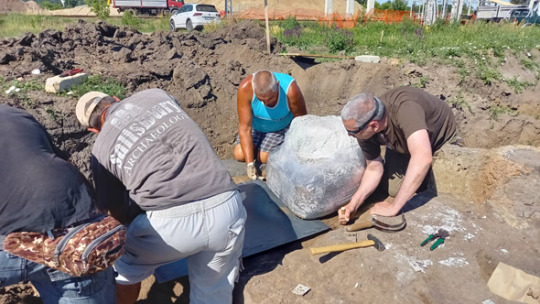
4.kép: kép A kohó földtömbjét elvágjuk a talajtől. (Fotó: Gál Viktor)

5.kép: A kemencét daru emeli ki a felszínről. (Fotó: Gál Viktor)
Jenei Anita
#hermanottómúzeum#múzeum#miskolcimúzeum#régészet#ásatás#feltárás#magyarrégészet#archaeology#jeneianita#kemence#furnace#temetkezés#burial#kohó#neolitikum#photography#photo#germanic period#middleages#neolithic
45 notes
·
View notes
Text
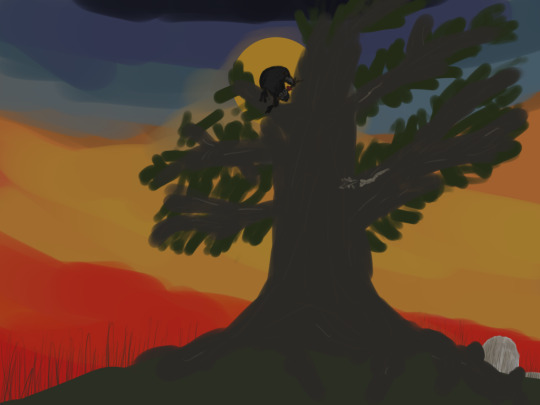
400,000 years later, at the edge of their family's territory until the next communal roost rearranges holdings, a young adult member of Earth's future first non-microbial interplanetary species fixes together a fire-starting implement, two strikeable rocks, a stopper, fletches, and a stick. Dropped from an altitude to light tinder, or the stick itself, its origins can be traced to an early game played even before the diversification of tool use beyond stone "shovels" and bone splinters used to extract root plants, insects, and burrowing creatures from the tundra, in which groups would drop rocks from high places and try to land them on top of one another. Eventually, they noticed that some of these rocks, when they collided, created sparks, and their species, the hybridized descendants of Crows and Ravens in the North American Arctic and Subarctic, began a long journey, one that would take them higher than any single one could have imagined on a quiet, chilly morning at the edge of the grand southern deserts, in what was once known as Michigan.
#One set of talons has changed over time to be better suited to standing/grasping for long periods.#The other set of talons and the beak have become more dexterous and better adapted to tool use.#art#digital art#digital painting#spec evo#spec bio#speculative evolution#speculative biology#crow#raven#corvid#sunrise#tree#post apocalyptic#distantly#neolithic#Mesolithic#climate change#This Grand Nest
6 notes
·
View notes
Text
Afterlife: Ancient Chinese Jades
Gallery 19
A construction boom in China more than a century ago resulted in new railways and factories—and the accidental discovery of scores of rich ancient cemeteries. Buried in these tombs for thousands of years were jewelry and ritual objects, all laboriously crafted from jade. When Charles Lang Freer acquired many of them, their precise age was unknown. The modern science of archaeology was not practiced in China until 1928, when the Smithsonian sponsored its introduction. With the advent of archaeology came a better appreciation of the evolution of ancient Chinese mortuary culture and China’s art history.
Today we know these jades represent the earliest epochs of Chinese civilization, the late Neolithic and early Bronze Age. Many came from the prehistoric burials of the Liangzhu culture (circa 3300–2250 BCE). These Stone Age people flourished in a large, fertile region between the modern cities of Shanghai, Hangzhou, and Nanjing. The graves they left behind now function like time capsules, providing insight into the dynamic character of ancient Chinese civilization during life and after death.
National Museum of Asian Art, Smithsonian
#jade#stone#exhibition#neolithic#erlitou culture#anyang period#han dynasty#eastern han dynasty#shang dynasty#art#art history#archaeology#Chinese#Liangzhu culture#minerals#National Museum of Asian Art#Smithsonian#重陽節#Double Ninth Festival#sculpture#jewellery#period dress#symbolism#archaism#repurpose#cultural amalgam
4 notes
·
View notes
Text
Nabta Playa: Ancient African Astronomy and Early Human Settlements in the Egyptian Desert
Nabta Playa, nestled in the Nubian Desert around 800 kilometers south of present-day Cairo, boasts a rich African history dating back to approximately 7500 BC. This fascinating archaeological site is a precious testament to the innovative and advanced African civilization that once thrived in this remote region of southern Egypt.
One of the most remarkable aspects of Nabta Playa is its…

View On WordPress
#African astronomy#African History#Ancient Egyptians#ancient egyptians history#Calendar circle#Egyptian Neolithic Period#Nubian#Nubian artifacts#Nubian history
0 notes
Text
On the blog for #WorldGiraffeDay: The Dabous Giraffes
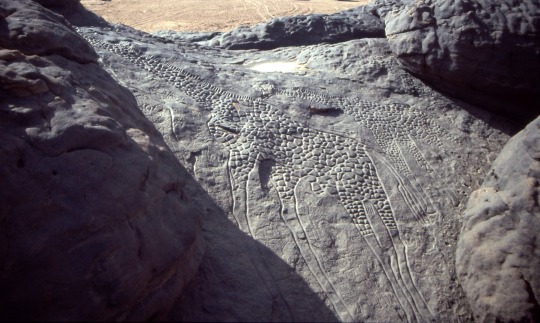
The Dabous Giraffes (on-site photo)
These two life-size giraffe petroglyphs are the largest known animal carvings in the world! They are found in Africa the Aïr Massif region of the Sahara Desert in modern-day Niger, and have been dated to the Neolithic c. 6000-8000 BCE., during the lusher African Humid Period. More info here:
#Dabous Giraffes#African art#rock art#petroglyph#Neolithic art#African Humid Period#ancient art#prehistoric art#giraffe#giraffes#World Giraffe Day#animal holiday#blog post
0 notes
Text
Amman Citadel and Temple of Hercules Ruins Amman Jordan
Umayyad Palace Mosque
Amman Citadel is an impressive open-air archaeological complex and a must-see for anyone visiting Amman. I didn’t realize that there were several significant landmarks at the site. It’s located on the highest hilltop in Amman – Jabal Al Qala’a – one of the seven hills (jabals) that originally made-up Amman.
Umayyad Palace Mosque Dome
Evidence suggests that the area has been…

View On WordPress
#6th Century Byzantine Church#Ain Ghazal Statues#Amman Citadel#Amman Jordan Seven Hills#Ancient City of Ammonites#Aramaic Characters#Babylonians#Bedouins#Bronze Age#Byzantines#Dead Sea Bronze Scroll#Jabal Al Qala&039;a#Jordan Archaeological Museum#Jordan Valley#Neolithic Period#Neolithic Statues#Persian-Style Apadana Hall#Ptolemies#Rabbath Ammon#Roman Emperor Marcus Aurelius#Roman Temple of Hercules#Roman Theater Amman#Romans#Seleucids#Temple of Hercules Ruins Amman Jordan#Umayyad Dynasty#Umayyad Mosque#Umayyad Palace#Umayyad Palace Domed Audience Hall#Umayyad Palace Mosque
0 notes